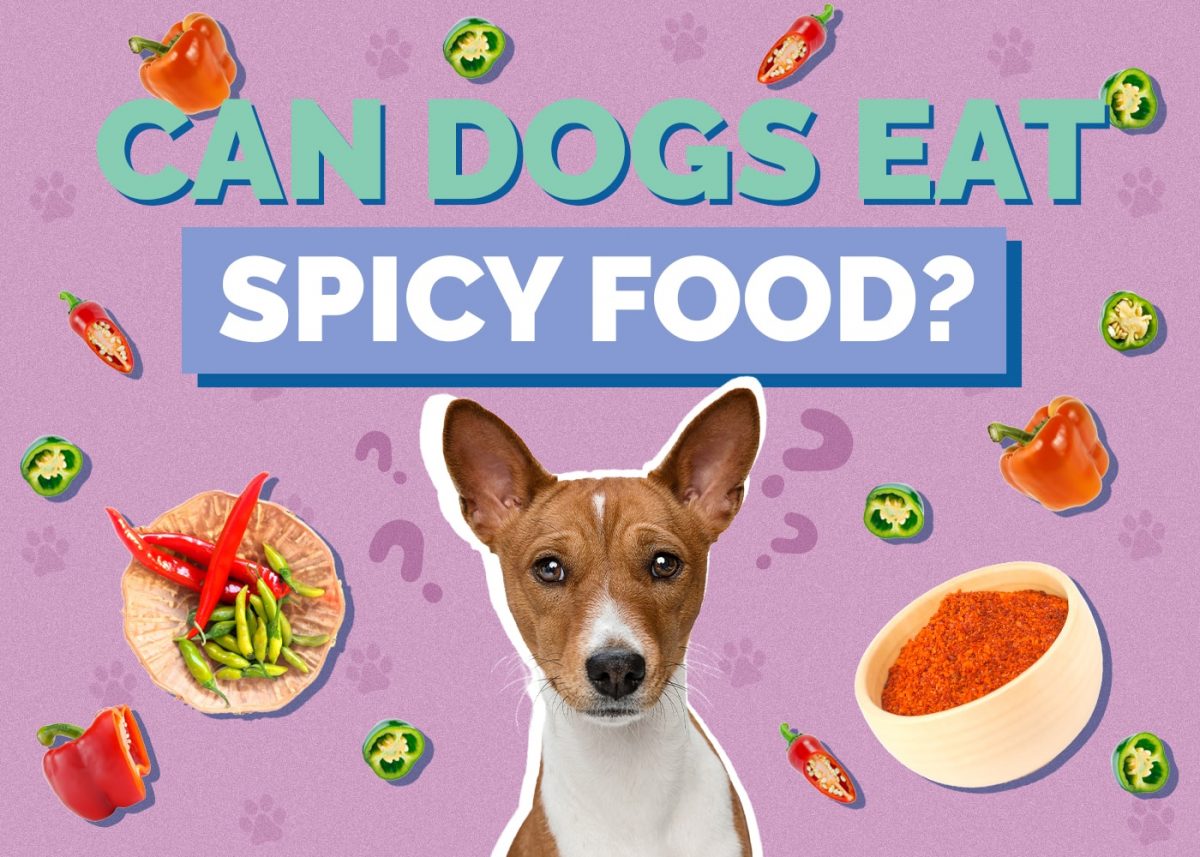Chocolate Toxicity in Dogs Calculator: Why Chocolate is Dangerous for DogsChocolate is dangerous for dogs because it contains theobromine and caffeine, which are harmful to them. Unlike humans, dogs process these substances much more slowly, making them more susceptible to toxicity.
Different types of chocolate have varying amounts of theobromine, so some chocolates are more dangerous than others. By using a Chocolate Toxicity in Dogs Calculator, you can quickly figure out how serious the situation might be and whether you need to get your dog medical help.Now let’s briefly discuss chocolate toxicity in dogs calculator.
Chocolate Toxicity in Dogs Calculator: What is a Chocolate Toxicity Calculator?
A Chocolate Toxicity Calculator is a specialized tool designed to assess the risk of chocolate poisoning in dogs. This calculator helps pet owners quickly evaluate the potential danger and take appropriate action. Here’s a closer look at how it works and what it provides:
A Tool to Estimate Risk
- Purpose: The calculator estimates the risk of chocolate poisoning by analyzing the amount and type of chocolate consumed relative to your dog’s weight. This helps in determining how much theobromine (a toxic compound in chocolate) has potentially been ingested.
- Assessment: By inputting specific details, the tool provides a risk assessment based on established toxicity thresholds and known effects of theobromine on dogs.
Uses Inputs to Determine Risk
- Dog’s Weight: Enter your dog’s weight to help the calculator gauge how the ingested chocolate affects your dog relative to their size. Weight is a critical factor in determining toxicity levels.
- Type of Chocolate: Select the type of chocolate consumed, such as dark, milk, baking, or white chocolate. Different types have varying theobromine concentrations, affecting the risk.
- Amount Consumed: Input the amount of chocolate your dog has eaten. The quantity helps the calculator estimate the total theobromine dose and assess the risk level.
Provides Instant Feedback
- Risk Evaluation: The calculator offers immediate feedback on the potential severity of the toxicity based on the entered information. It provides a quick assessment of whether the situation is low, moderate, or high risk.
- Next Steps: Based on the risk level, the calculator may suggest whether to seek veterinary care, monitor your dog for symptoms, or take other precautions.
Using a Chocolate Toxicity in Dogs Calculator helps you quickly understand the potential danger of chocolate ingestion and make informed decisions to protect your dog’s health.
How to Use the Chocolate Toxicity Calculator
Using the Chocolate Toxicity in Dogs Calculator is a simple process that helps you assess the risk of chocolate poisoning in your dog. Here’s a step-by-step guide on how to use the calculator effectively:
1. Enter Your Dog’s Weight and Chocolate Details
- Dog’s Weight: Input your dog’s weight, which is crucial for calculating how the theobromine dose affects your dog. Accurate weight ensures precise risk assessment.
- Chocolate Details: Provide information about the type and amount of chocolate your dog has ingested. The type of chocolate (e.g., dark, milk, baking, or white) impacts the theobromine concentration, while the quantity determines the total dose consumed.
2. Calculator Processes the Information
- Determine Theobromine Dose: The calculator uses the weight and chocolate details to estimate the theobromine dose your dog has ingested. This calculation is essential for understanding the potential toxicity level.
- Assess Risk Level: The tool evaluates the theobromine dose against known toxicity thresholds to determine the risk level. It assesses whether the ingested amount poses a low, moderate, or high risk to your dog.
3. Review Results and Recommended Actions
- Risk Level: The results will indicate the risk level based on the estimated toxicity. This helps you understand how serious the situation might be.
- Recommended Actions: Based on the risk assessment, the calculator will recommend whether immediate action is needed. This may include contacting a veterinarian, monitoring your dog for symptoms, or taking other precautionary measures.
By following these steps, the Chocolate Toxicity in Dogs Calculator provides you with a quick and accurate assessment of the potential danger and guides you on the appropriate actions to ensure your dog’s safety.
Recognizing the Symptoms of Chocolate Poisoning in Dogs
Understanding the symptoms of chocolate poisoning is crucial for timely intervention. Here’s how to recognize the signs of chocolate toxicity in dogs and what to watch for at different levels of severity:
Early Signs
- Vomiting: This is often one of the first indications that your dog has ingested chocolate. Vomiting helps the body expel some of the toxins.
- Diarrhea: Along with vomiting, diarrhea helps rid the body of harmful substances, but it can lead to dehydration if not managed.
- Increased Thirst: Your dog may drink more water as a response to dehydration caused by vomiting and diarrhea.
Moderate Symptoms
- Rapid Breathing: Chocolate toxicity can lead to increased respiratory rates, which might be noticeable as rapid or shallow breathing.
- Elevated Heart Rate: Theobromine affects the cardiovascular system, causing an elevated heart rate or arrhythmias.
- Restlessness: Dogs may become unusually agitated or hyperactive, showing signs of discomfort or anxiety.
Severe Symptoms
- Muscle Tremors: In more severe cases, muscle tremors or twitching can occur due to the effects of theobromine on the nervous system.
- Seizures: Chocolate poisoning can lead to seizures, which are serious and require immediate veterinary care.
- Potentially Life-Threatening Conditions: In extreme cases, untreated toxicity can lead to coma or death. Immediate medical attention is crucial to prevent severe outcomes.
Recognizing these symptoms early and using the Chocolate Toxicity in Dogs Calculator can help you assess the risk and decide on the necessary actions to protect your dog’s health. If you observe any signs of chocolate poisoning, seek veterinary advice promptly.
Why Immediate Action is Crucial
Taking swift action after a chocolate ingestion incident is essential for ensuring your dog’s safety. Here’s why acting quickly and accurately is so important:
1. Faster Risk Assessment
- Immediate Help: The sooner you determine the risk level using the Chocolate Toxicity in Dogs Calculator, the faster you can get your dog the necessary help. Rapid assessment allows for timely intervention, which can be critical in preventing serious health issues.
- Prompt Action: Quick identification of the risk level helps you decide whether to seek emergency veterinary care or monitor your dog at home. This can make a significant difference in the outcome.
2. Prevent Worsening Symptoms
- Early Intervention: By acting promptly, you can prevent symptoms from progressing. Early treatment can help manage and alleviate symptoms before they become severe, reducing the risk of complications.
- Reduce Intensive Treatment: Early intervention often means less severe symptoms, which can reduce the need for intensive and costly treatments. Addressing the issue sooner can lead to a quicker and less complex recovery.
3. Informed Decision Making
- Know the Risk Level: The calculator provides clear feedback on the risk level, helping you make informed decisions about your dog’s care. Understanding the severity allows you to act appropriately, whether it’s calling a vet or monitoring for symptoms.
- Reduce Panic: Accurate and immediate results from the calculator help you avoid unnecessary panic. With clear guidance on the risk level, you can approach the situation calmly and take the appropriate steps.
Using the Chocolate Toxicity in Dogs Calculator to quickly assess the situation helps ensure that you take the right actions to protect your dog’s health and well-being, making a crucial difference in emergency situations.
Preventing Chocolate Poisoning in Dogs
Preventing chocolate poisoning is crucial for keeping your dog safe and healthy. Here are some effective strategies to avoid accidental ingestion:
1. Store Chocolate Safely
- Out of Reach: Always store chocolate and cocoa-containing products in places that are inaccessible to your pets. Use high cabinets or locked containers to keep these items safe.
- Secure Storage: Ensure that even small pieces of chocolate or baking products are kept out of your dog’s reach to prevent accidental ingestion.
2. Be Cautious with Foods
- Holiday and Event Awareness: Be particularly vigilant during holidays, parties, and events when chocolate is more likely to be left out or offered as treats. Dogs might be tempted to grab fallen pieces or access unattended sweets.
- Check Ingredients: Be aware of foods that contain chocolate or cocoa powder, such as baked goods and candies, and ensure they are stored securely.
3. Educate Your Household
- Inform Family Members: Make sure everyone in your household understands the dangers of chocolate to dogs. Educate them about the symptoms of chocolate poisoning and the importance of keeping chocolate out of reach.
- Guest Awareness: When hosting events, inform guests about the risks of chocolate to pets and ask them to help ensure that no chocolate is left where dogs can access it.
By following these prevention tips, you can significantly reduce the risk of chocolate poisoning in your dog and ensure a safer environment for your pet. Using the Chocolate Toxicity in Dogs Calculator in case of ingestion can further help you manage any potential risks effectively.







